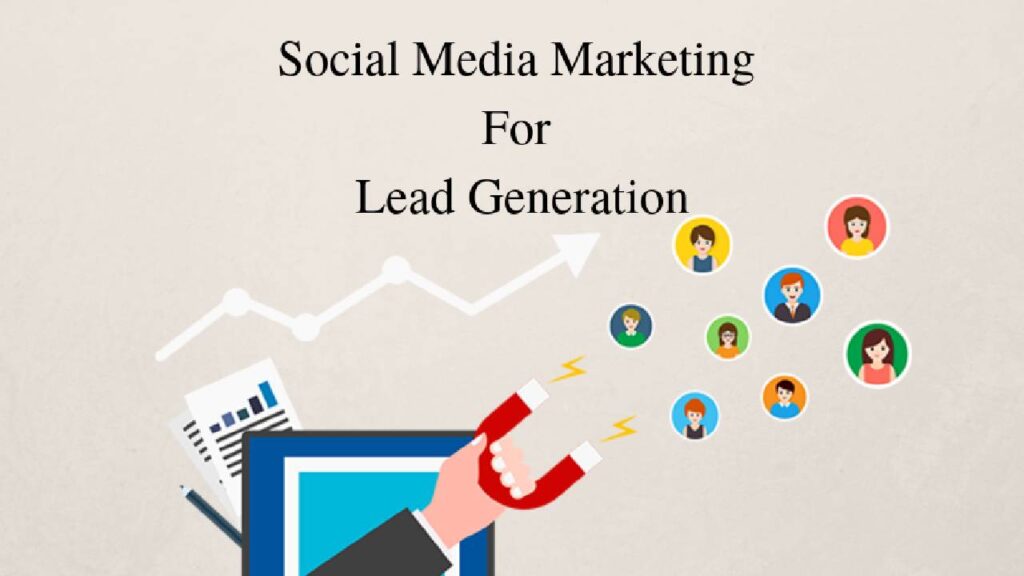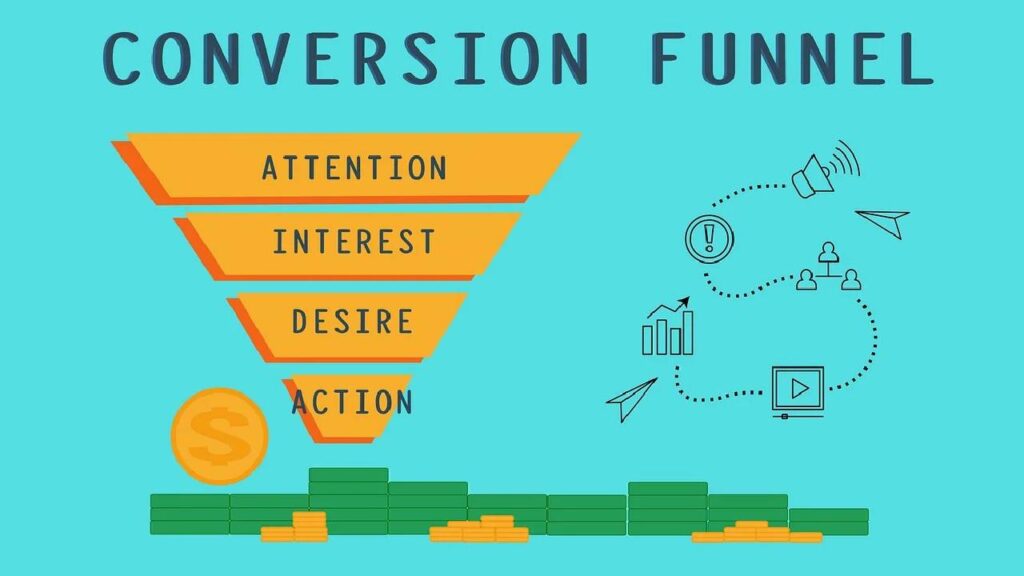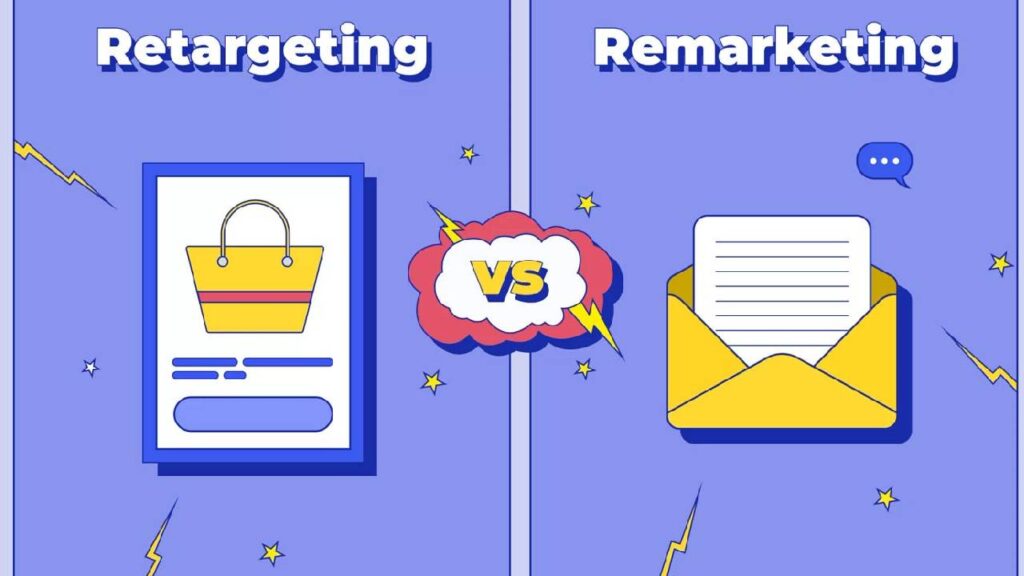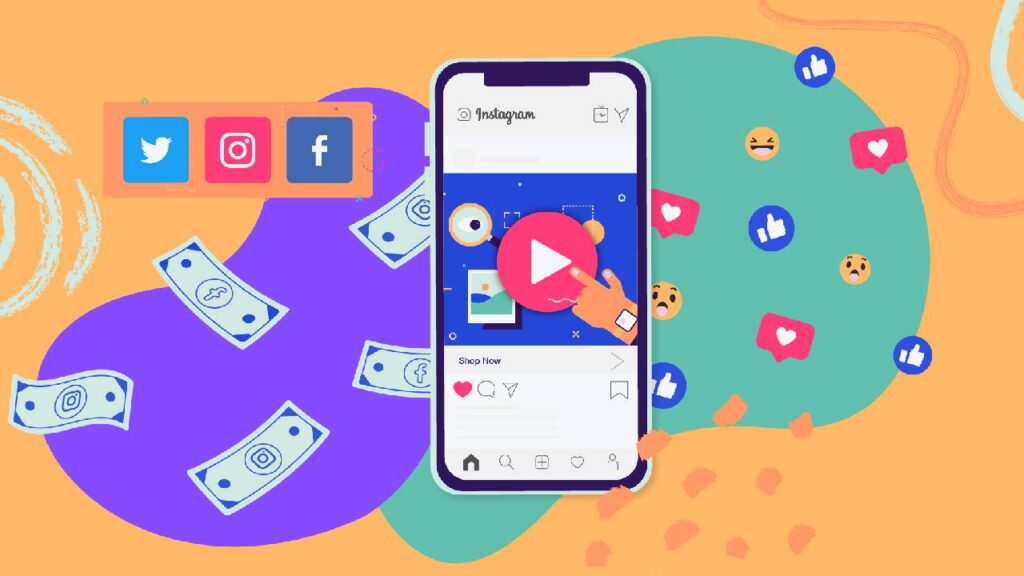Introduction
generating leads through social media advertisements is an effective strategy that businesses can leverage to expand their customer base and increase sales. Platforms like Facebook, Instagram, LinkedIn, and Twitter provide targeted advertising options that allow businesses to reach their ideal audience based on demographics, interests, behaviors, and location. By crafting compelling ads that resonate with potential customers, companies can capture attention and direct users to landing pages or lead generation forms.

The key to success lies in clear messaging, visually appealing content, and a strong call-to-action.Furthermore, the ability to track and analyze the performance of social media ads makes it easier to optimize campaigns for better results. By experimenting with different ad formats—such as carousel ads, video ads, and story ads—businesses can identify which types resonate most with their audience. Social media advertising not only drives traffic but also nurtures relationships with prospective customers through retargeting, offering exclusive promotions, or providing valuable content. This holistic approach helps convert leads into loyal customers over time.
1.Research and Define Your Target Audience for Social Media Advertisements

Before starting any campaign, it’s crucial to understand your target audience thoroughly. This ensures your ads are relevant and reach the right people who are likely to become leads.
Demographics: Define the age, gender, income, occupation, and location of your potential leads. For example, if you’re selling premium spices or nuts, you might target middle- to high-income individuals who are interested in healthy, gourmet cooking.
Interests and Hobbies: Identify hobbies and interests related to your products. If you sell organic spices, for instance, target people who are interested in cooking, wellness, or nutrition.
Behavior: Use data on consumer behaviors, such as online shopping habits, product preferences, and brand loyalties, to further refine your target audience. Tools like Facebook Audience Insights can help.
Audience Segmentation
Cold Audience: People who have never interacted with your brand. They need to be educated about your product through awareness campaigns.
Warm Audience: People who have interacted with your content or visited your website but haven’t converted.
Hot Audience: Existing customers or those who have engaged heavily but haven’t yet made a purchase.
2. Choosing the Right Social Media advertisements Platforms

Each platform has its strengths and attracts different demographics:
Facebook: Best for broad targeting, local businesses, and B2C lead generation. Facebook also offers Lead Ads, which allow users to sign up directly within the platform without leaving the app.
Instagram: Great for visual brands, eCommerce, and younger audiences (18–35 years). Instagram Stories and IGTV provide great formats for video and interactive ads, while Instagram Lead Ads function similarly to Facebook Lead Ads.
LinkedIn: Ideal for B2B lead generation, LinkedIn helps you target professionals by industry, job title, company size, etc. Their Lead Gen Forms can be used to gather lead data seamlessly.
Twitter: Best for real-time marketing and news-driven campaigns. You can generate leads by targeting hashtags, trending topics, and promoted tweets.
YouTube: YouTube ads allow you to reach an audience through video content. In-video CTAs or clickable banners can drive users to landing pages or directly to lead generation forms.
Pinterest: If you have visually driven products like home goods or food, Pinterest is a great platform for reaching a predominantly female demographic. Use Promoted Pins to showcase your product with links to landing pages.
3.Crafting Compelling Ad Content

Once you’ve defined your audience and platform, the next step is creating ads that resonate with your audience.
social media advertisements Types of Ads
Image Ads: Single images with engaging visuals and concise copy.
Video Ads: Short (15–60 seconds) videos that showcase your product in action. For instance, showing a recipe being made with your spices is an effective way to use video in a social media advertisements.
Carousel Ads: Multiple images or videos in one ad, allowing you to showcase a variety of products or features. Great for showcasing different spices or product bundles.
Story Ads: Available on platforms like Instagram and Facebook, these full-screen ads are temporary but highly engaging, often used for limited-time offers or promotions.
Collection Ads: These combine images or videos with a product catalog that users can browse, commonly used on Facebook and Instagram for retail.
Lead Ads: These ads allow users to submit their information directly from the ad without leaving the platform.
Elements of a Good Ad
Hook in the First 3 Seconds: Grab the viewer’s attention immediately. This could be through a bold headline, vibrant imagery, or an engaging video intro.
Clear Value Proposition: Highlight why your product matters and how it benefits the customer. For example, “Add rich flavors to your meals with 100% organic spices.”
Emphasize Benefits Over Features: Show how your product solves a problem or enhances the customer’s life. For example, instead of focusing on the origin of your spices, emphasize how they can make meals more nutritious and flavorful.
Call to Action (CTA): Ensure every ad has a strong CTA, such as “Get a Free Sample,” “Download the Guide,” “Buy Now,” or “Sign Up.”
4.Creating Lead Magnets

Lead magnets are offers that encourage users to give you their contact information. Here are some popular types:
Ebooks or Guides: Provide a free guide on a topic related to your product. For example, “10 Healthy Recipes Using Exotic Spices.”
Discounts and Coupons: Offering a limited-time discount in exchange for an email address is a classic lead magnet. “Sign up and get 20% off your first order.”
Free Samples: Let people sign up to receive a free sample of your product.
Webinars or Online Events: If your product requires explanation, offer a free webinar where potential leads can learn more. For example, “Learn How to Cook with Rare Spices.”Quizzes or Surveys: Engaging users with a quiz, like “Find Your Perfect Spice Match,” can be a fun and effective way to gather lead information. For Social Media Ads with lead generation services, Contact Us.
5. Landing Pages & Conversion Funnels

The next crucial step is where you direct the traffic from your ads. The landing page must align with the ad’s promise and make it easy for visitors to convert into leads.
Simple and Clear Design: Eliminate distractions and focus on the offer.
Strong Headline: Reiterate the value proposition from the ad.
Lead Capture Form: Keep the form short and only ask for essential information (usually name and email). You can also ask for additional details if needed, but too many fields can lower conversion rates.
Visual Consistency: Ensure the design of your landing page matches your ads to provide a seamless experience.
6.Utilize Retargeting and Remarketing

Retargeting helps you reach users who have previously interacted with your brand but haven’t converted. This is a highly effective strategy as it targets users already aware of your business.
Facebook Pixel/Google Tag: Place a tracking pixel on your website to follow users around the web. You can then retarget them with ads showing products they viewed or offer them a discount to complete the purchase.
Dynamic Product Ads: If users viewed specific products, serve them ads featuring those same products to remind them to complete their purchase.
7.A/B Testing

Constantly test and optimize your ads to improve performance:
Test Different Visuals: Run different image/video versions of the same ad to see which performs better.
Test Copy Variations: Change headlines, body copy, or CTAs.
Test Audience Segments: Break down your audience further into smaller segments and see which group responds best to your ads.
8. Use Influencer Marketing to Generate Leads

Influencers have built trust with their audience, and their recommendations can generate high-quality leads. You can:
Partner with Micro-Influencers: These influencers typically have a smaller but highly engaged audience. They can promote your lead magnet or product directly.
Host Sponsored Giveaways or Contests: Partner with influencers to run giveaways. Participants must enter their email or phone number to join, which helps you collect leads.
9. Analyze Performance and Optimize

Regularly review your campaigns and make adjustments based on data. Key performance indicators (KPIs) to track include:
Click-Through Rate (CTR): How many people clicked on your ad after seeing it.
Conversion Rate: Percentage of users who completed a desired action, like submitting a lead form.
Cost Per Lead (CPL): The amount you spend to generate one lead. Track this metric to ensure your campaigns are cost-effective.
Return on Ad Spend (ROAS): This measures how much revenue you generate from your ad spend. High ROAD means your campaigns are generating a good return.
10.Engage Through Organic Content & Social Media advertisements

While ads are essential, don’t overlook the power of organic engagement:
Post Regularly: Share content that educates or entertains your audience, such as recipes, health tips, or behind-the-scenes looks at your production process.
Respond to Comments and Messages: Engaging with your followers builds trust, which can lead to more leads over time.
User-Generated Content: Encourage users to share pictures of themselves using your product, and repost these to your social media profiles.
By combining these strategies, you can systematically generate and nurture leads through social media advertising, turning potential customers into long-term buyers.

